The quail first alerted me, as they often do.
I see California quail every time I walk or jog along the greenbelt near my Boise, Idaho home. When those flocks start calling excitedly and flushing, I know there’s something interesting afoot. When a predator is near, those quail are loud.
It might be a coyote or Cooper’s hawk, a weasel or red fox.
On this particular day, I stopped and gazed into the brush along the trail. My eye first picked up spots: a cat. I noticed that it was much larger than a house cat, and had distinctive tufts on its ears. A bobcat.
It was the first one I had seen in Boise, but I wasn’t surprised. Neighbors had spotted them regularly, even in backyards. Photographers had captured images of bobcats strolling down paths. Some area residents worried they might attack pets or children.
Without a doubt, bobcats had become more numerous in the Boise city limits in recent years. And my town isn’t alone. Bobcats are common sightings in Dallas and Denver, in Iowa cornfields and at New England bird feeders.
A few decades ago, a bobcat sighting in most parts of North America was a rarity. Today, if you live in the United States, there’s a decent chance there’s a bobcat roaming near you. What’s going on? And how to we best live alongside bobcats?
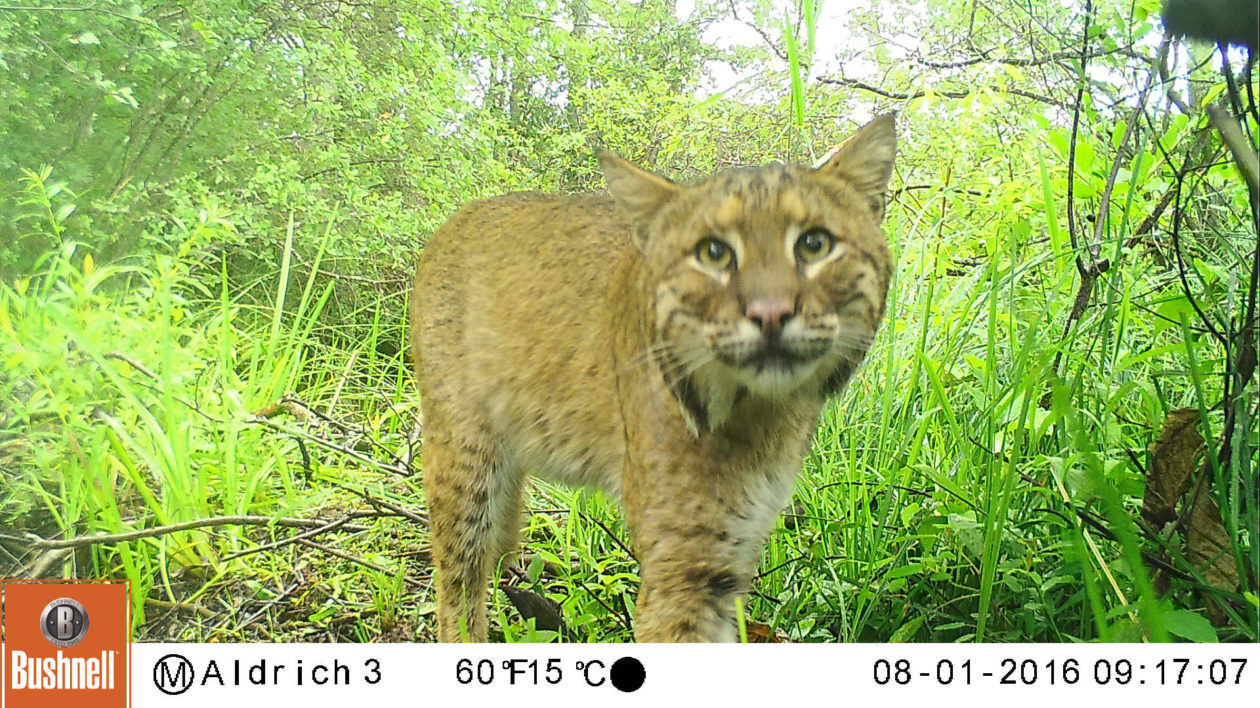
A Conservation Success
Bobcats are the most widespread wild cat in North America, found in 47 U.S. states and parts of Canada and Mexico. But as recently as 1970 they were treated by many wildlife agencies as a harmful predator species, to be killed on sight. In fact, bobcats lacked any legal protection in 40 U.S. states; they could be shot and trapped at any time of year, without limit.
With populations declining across their range, the lack of regulation slowly began to change, with most states either protecting bobcats or establishing strict hunting seasons and limits.
This is one of those instances where conservation proved uncomplicated: protect bobcats from unregulated hunting, and their populations will rebound. A 2010 survey by the U.S. Fish and Wildlife Service determined that bobcat populations had tripled since the 1980s.
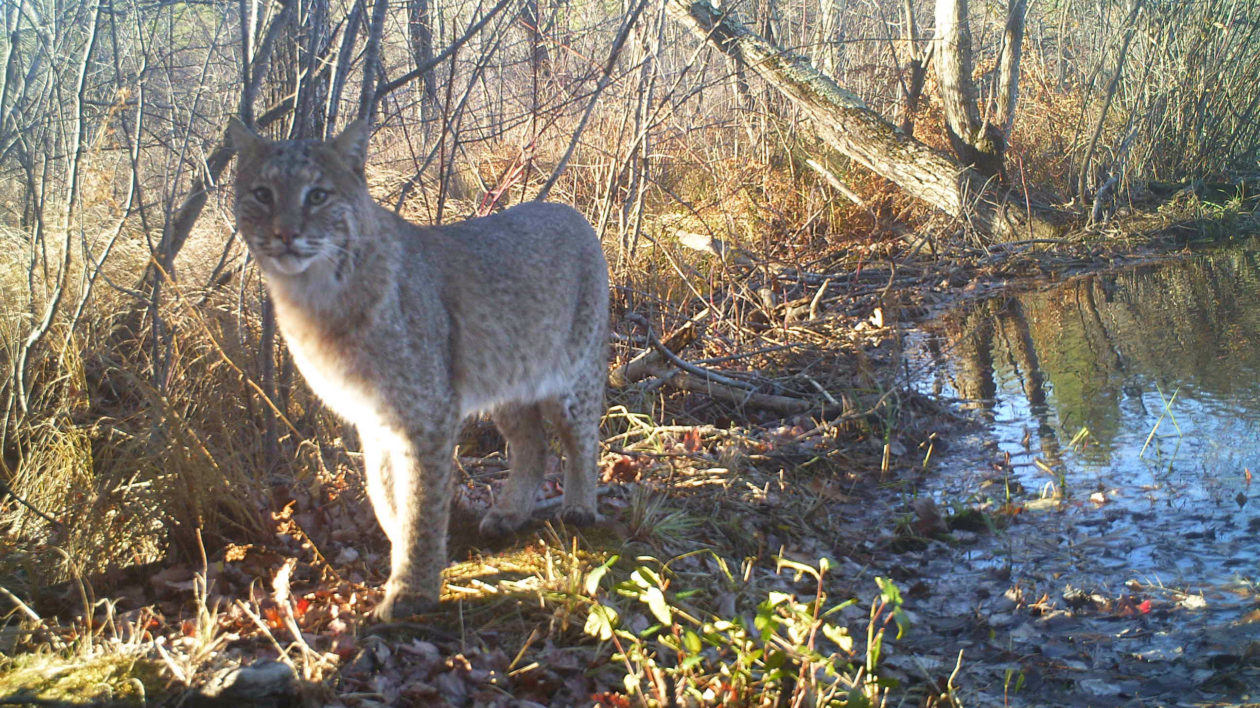
As a kid, I learned that bobcats were a wilderness species. In reality, bobcats were only found in the wilderness because it was their last refuge from persecution. As bobcat populations soared, the cats moved into farmland, suburbs and even urban parks. Bobcats are predators, but they thrive on a diet of mice, rats, birds, squirrels, rabbits and other small quarry – all of which abound in suburban areas.
This has generated predictable alarm and even hysteria among those fearful about a new predator in the neighborhood. A widely circulating Associated Press story proclaimed bobcats were “poised as next urban pest.”
There’s no evidence to support this. Bobcats are shy and reclusive animals, and they remain that way even in urban areas.
Adapting to Life in the City
Some animals seemingly become quite bold when they move in close proximity to humans: take raccoons, normally shy forest animals that will happily raid garbage cans and even enter houses through cat doors.
That doesn’t appear to be the case with bobcats. They will live in cities, but they still keep their distance from people. A study conducted in Dallas found that bobcats, even in urban areas, avoided areas that were more than 20 percent developed. So, while they were found in city limits, they primarily lived in and moved among open areas like undeveloped woodlands, parks and golf courses.
One study found that urban bobcats became even more nocturnal, shifting their activity to hours when humans were least active. In the Santa Monica Mountains, the National Park Service found that highways limited bobcat movements, essentially isolating populations.
On the surface, bobcats really are not suited for life in the city. They thrive thanks to the network of green space that is found in urban areas. For lucky wildlife viewers, they offer a glimpse of wildness in our midst.
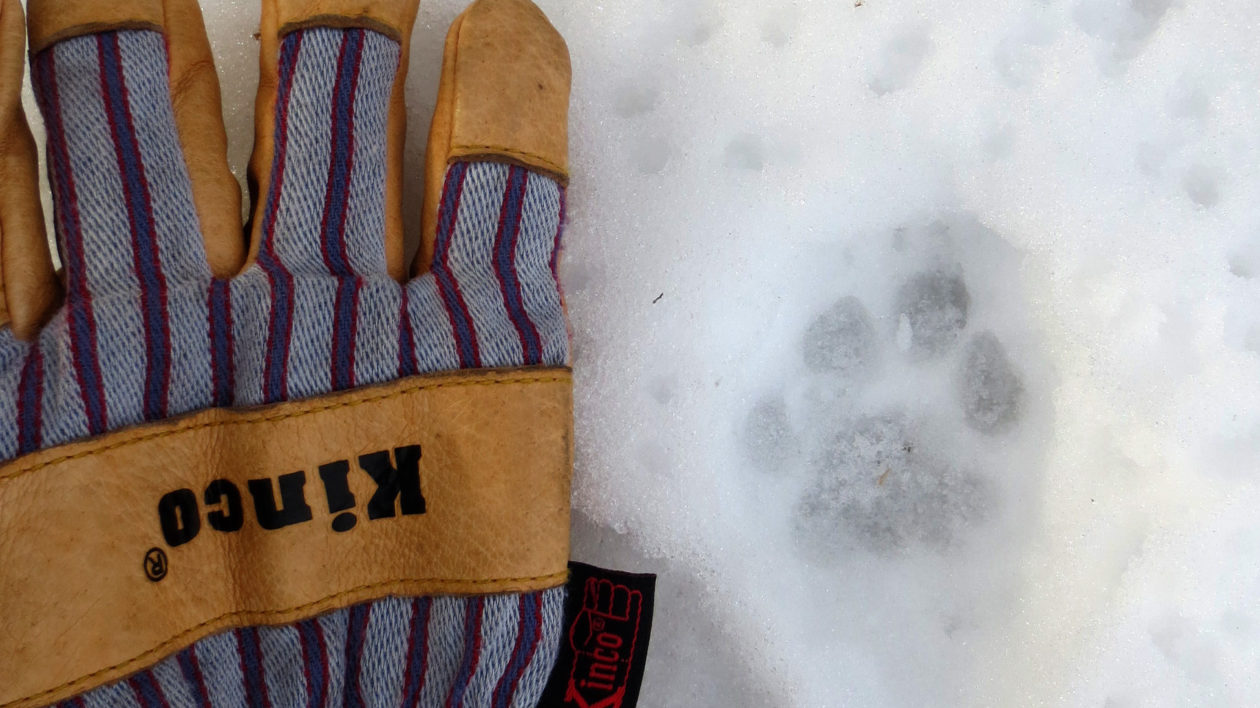
A Threat to Pets?
Whenever predators show up, people worry about these larger animals eating their pets. In the case of bobcats, this is not a realistic fear. Researchers looking at bobcat diets in the Santa Monica Mountains of Southern California failed to find any examples where bobcats ate domestic pets, despite the close proximity of the wild cats to many pet-owning households. Bobcats eat a lot of rodents; they do not want to tangle with something that can claw back.
As is so often the case, many people blame predators when their pet goes missing, even though their cat or dog was more likely hit by a car. There’s also a really simple way to avoid any potential predation: keep your pet indoors or under your supervision.
Bobcat attacks on humans are exceedingly rare, and almost always a result of the animal being rabid.
On the flip side, our backyards do pose a significant danger to bobcats. Bobcats in the Santa Monica Mountains experienced a population crash from 2001 to 2006 due to a form of mange. They contracted the mange due to suppressed immune systems, which was caused by ingesting rats and mice killed by poisons.
These rodent poisons can also impact birds of prey and other wildlife, so please find other forms of pest control.
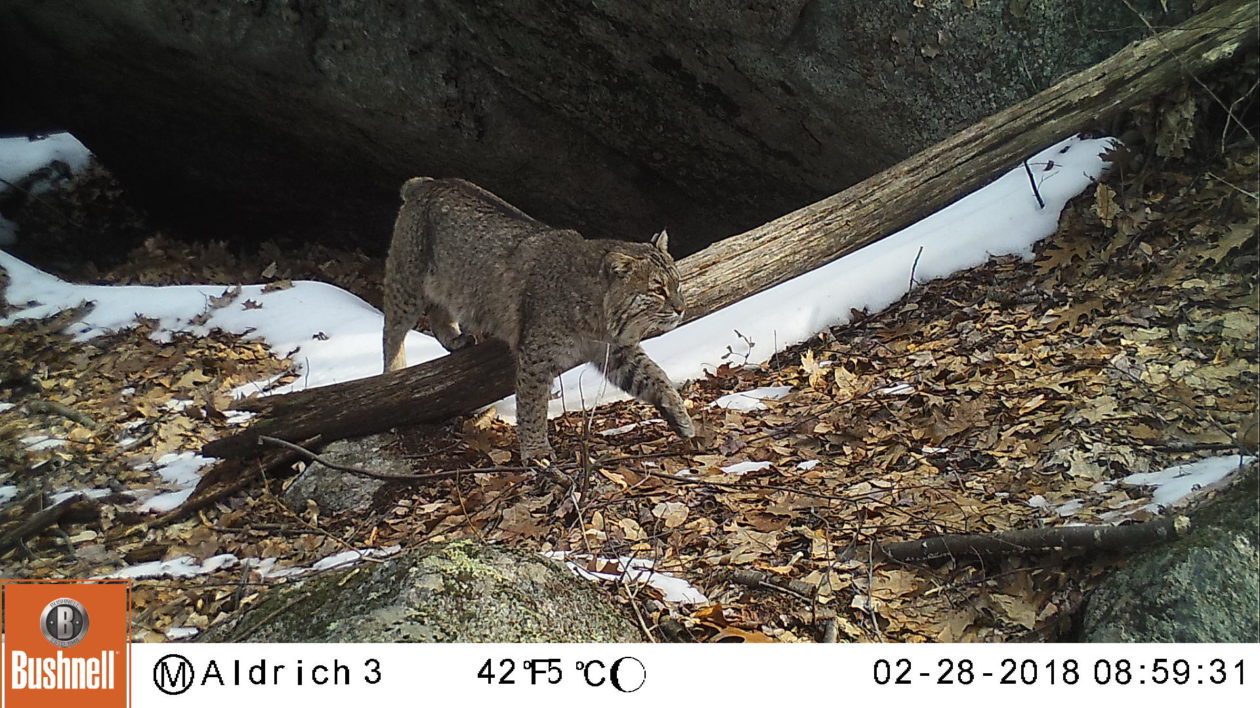
Observing Your Local Bobcats
Many wildlife agencies and researchers ask people to report bobcat sightings, so they can gain a better understanding of urban predators. A lot of the information about Dallas’s bobcats, for instance, comes from information supplied by citizen scientists.
Of course, you first have to identify the bobcat. Fortunately, these animals are pretty distinctive. They are twice the size of a house cat and have noticeably longer legs. The tufts on their ear and short tail are also diagnostic.
They are often more commonly mistaken for mountain lions, which share their range. Again, the short tail will give you the correct ID; mountain lions are not only significantly larger but have much longer tails. (Check out my guide to mammal misidentification for more details).
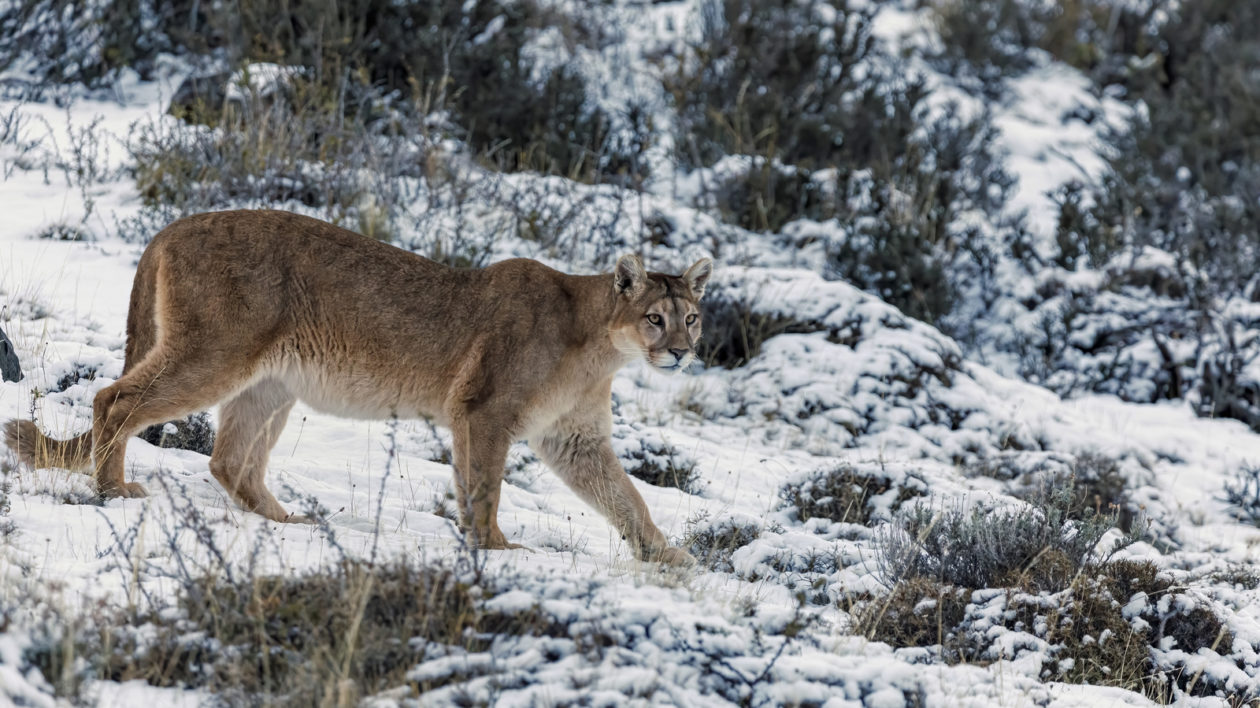
Lynx look very similar to bobcats, and a recent study found that even experienced wildlife biologists make identification errors between these two species when looking at trail camera photos. However, for the backyard naturalist, it’s pretty easy: lynx are a wilderness species. I have had acquaintances tell me they’ve seen lynx in Idaho, but biologists struggle to turn up any sign. (There hasn’t been one verified in the Greater Yellowstone Ecosystem in a decade, despite lots of surveys). Heed my top rule of wildlife identification: If in doubt, it’s the least exciting option.
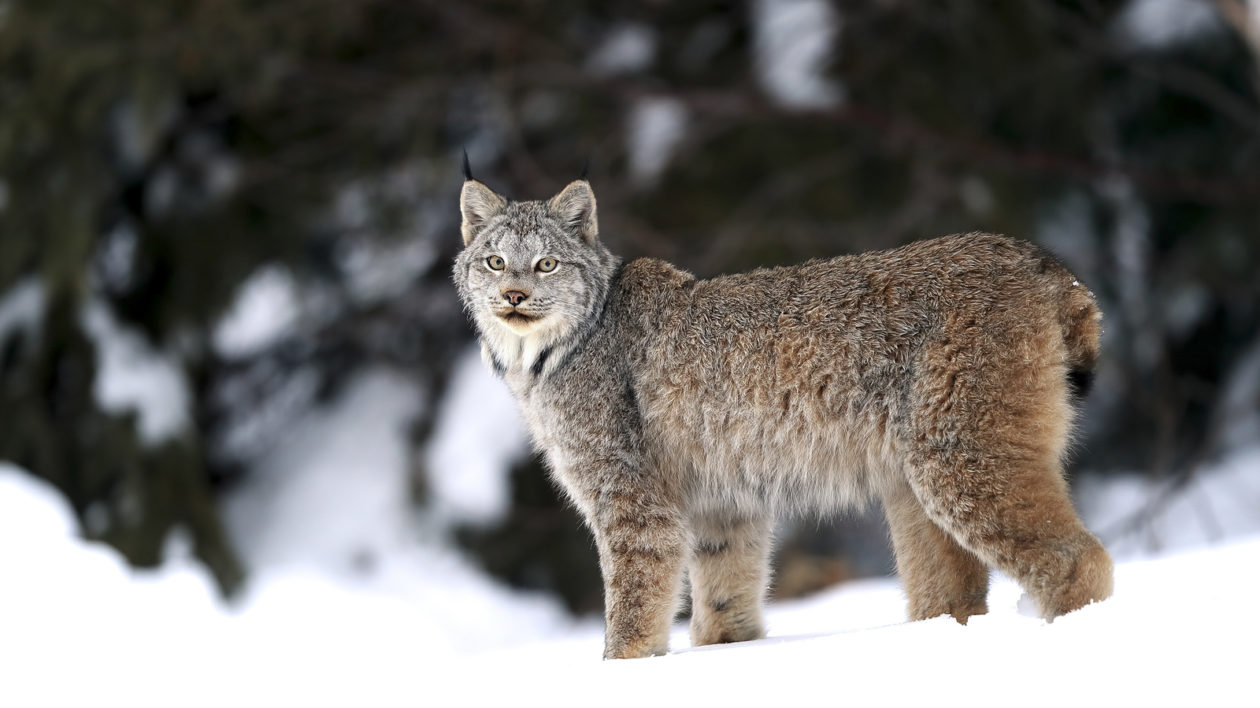
Trail cameras offer another way to get a glimpse of bobcats. My Nature Conservancy colleague Eric Aldrich has been photographing them with researcher Dallas Huggins in New Hampshire for years. Eric began by staking out carcasses with trail cameras, but eventually decided that learning wildlife habits was more satisfying.
While a few decades ago bobcats were an unusual sighting in New Hampshire, they’re now found in all the state’s counties. Eric’s Hancock Wildlife Cam offers stunning images of the cats, and has also shed new insights on their lives and habits. “It’s like earning a degree in the woods from professor Lynx rufus,” writes Aldrich.
Any backyard nature enthusiast should welcome the presence of bobcats. Unlike many animals that become urban neighbors, bobcats don’t require you to change your habits (other than not put out poison). The bobcat secretly goes about its ways, remaining as wild as it was in the deepest forest. If you’re watchful, you may be lucky enough to catch a glimpse of this elusive predator, living in our shadows.
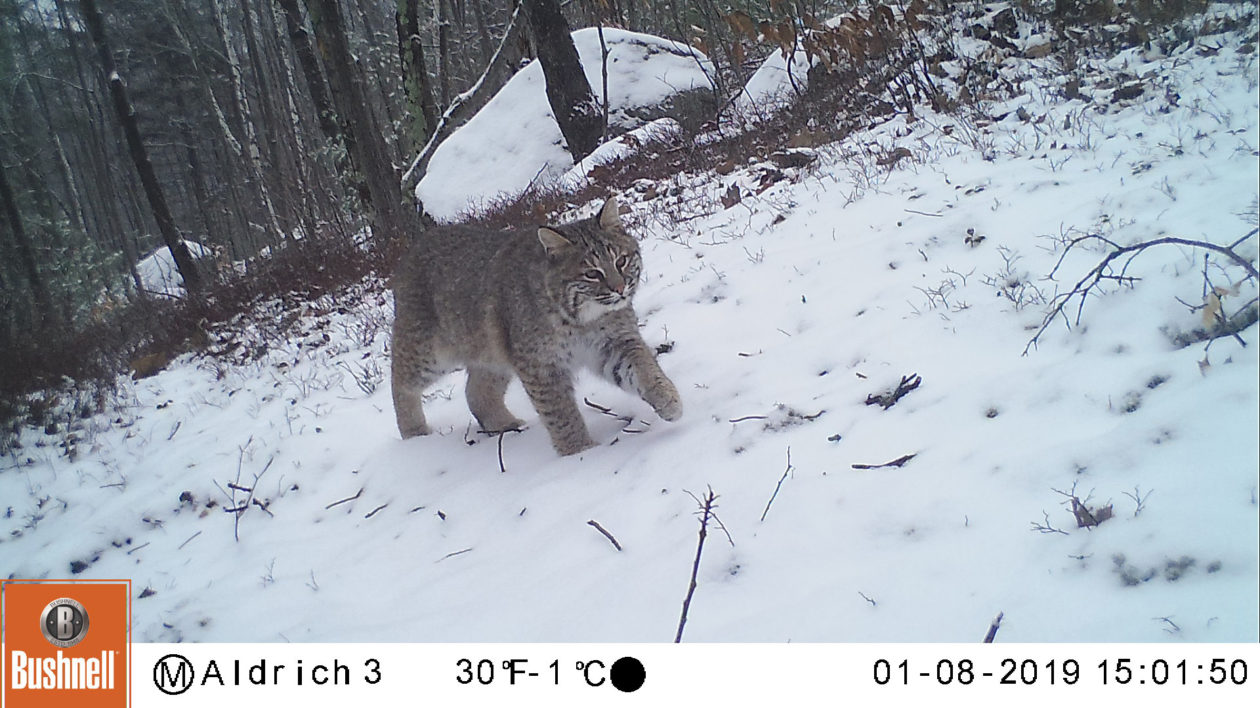
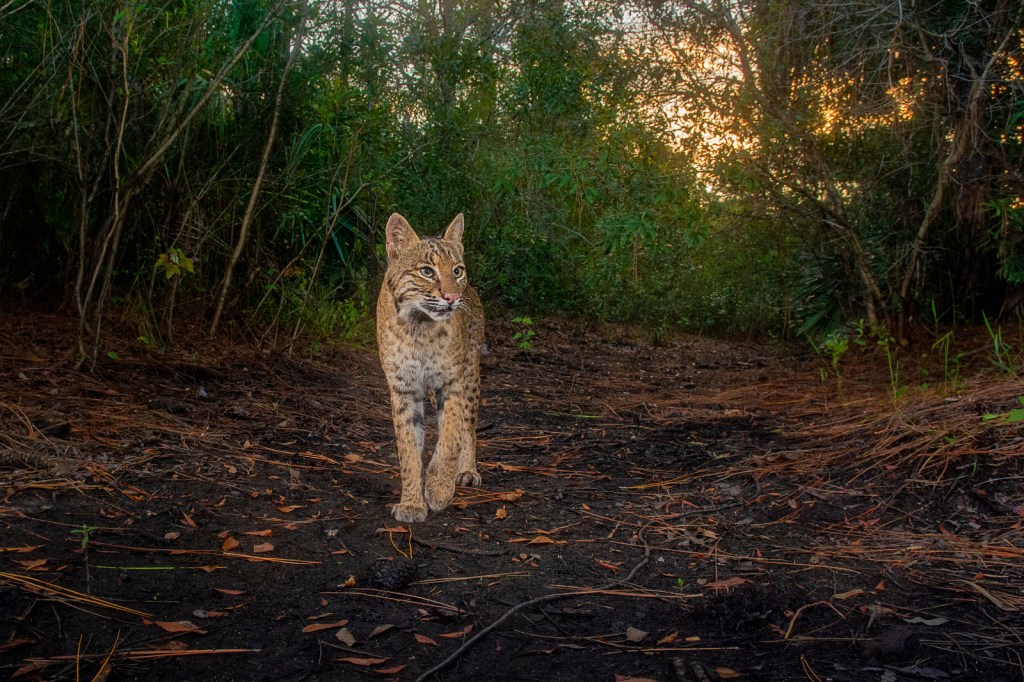



Everyone saying pets aren’t under threat. In Florida, we’ve had multiple farm cats attacked. One without a leg now and others killed, one just put down from injuries from a bobcat. St. Johns County, FL. Overdevelopment is driving them further into our backyards. Trapped four in a week, one was over 40#
We have a Bobcat who is coming in our backyard from the open space behind our house. We are seeing evidence of digging our grass up. We have not witnessed since we sighted a Bobcat in our backyard. We think he is in our backyard during night time hours.
We have a Golden Retriever. How can we get rid of these Bobcats? We live in Centennial, CO, a south suburb in Denver.
I saw a Bobcat in my driveway a few days ago. I live upstate NY near Bear Mountain. I recently noticed some scat that I thought might belong to a large dog but now I know it’s from this Bobcat. The scat has lots of animal fur in it. I watched as the Bobcat went around spraying the area which my dogs found very interesting when I walked them (on a leash) later that day. I am thrilled to live side by side with wildlife and I found your article helpful. I will be careful to make sure that no one in the area puts down poison for rodents.
Just moved to a dead end home in Topanga Canyon, outside of LA.
A few days ago a female bobcat wandered by one of my sliding glass doors, stared at me and one of my indoor cats, and walked down the hill.
Today, a male bobcat walked on by. I heard barking and other noise, and bobcat walked past going up my steps. 9 am.
Beautiful yet terrifying, as I walk my daughter’s dog at night if watching him.
And here we were worried about coyotes!
This explains the recent sightings of bobcats in my area. Thank you for writing such an informative article that not only answers my many questions, but also points out the ease in which bobcat may assimilate into a suburban area. They are assisting with rodent control.
Recent reports of bobcats and mountain lion in our neighborhood have increased awareness for mid cats but I didn’t expect to be awakened by what I presumed to be a bobcat so close to our West Boise home. Thank you development.
my name is john koller i live in espyville pa sitting on my patio i observed a bobcat thursday afternoon about 6;30pm. it smelled one of my kittens and didnt harm it the bobcat wondered back in the woods. then on friday morning about 11;30 as i was mowing my yard i saw my little kitten laying back in the woods dead i buried it later.
As I was about to go outside to my patio last October, my cat began to growl like I had never heard from her before. I walked outside to see a large cat on my patio that was not afraid of me. I got very close to it before making a lot of noise and it finally ran. Recent events led me to call a biologist and I was told that this bobcat is most likely stalking my home because of my pets. He said to keep my pets in unless I was outside with them. Bobcats will attack and eat pets. This cat is not afraid of humans. We can hear him back in the woods just walking. I was told he would eventually move on if my pets were not outside unattended. My dog will bark at those woods continuously if the cats and I are outside but he will not go outside at night without me anymore. He is frightened. Do not think that these animals will not kill your pets. This bobcat has marked this area. I can smell cat urine when the blows. It is like no other smell. Be warned.
We have what we believe is a melanistic bobcat in the field behind our property. We’ve seen it a few times but my son was in our skid steer and it walked past him and into the field… he said it looked three times the size of a house cat so large even for a bobcat and was ‘thick’ so maybe pregnant. He grabbed his cell phone and got a photo when it turned to stare at him from the field. We emailed the photo to DEC (we’re in fingerlakes region of NY) but haven’t had a response.
Bobcats have long tails too.
Hi Joel,
Actually, bobcats don’t have long tails. In fact, the name “bob” in the cat refers to their “bobtail.”
Matt
We have a new neighbor that must live around our house as we have seen him/her on our deck, our lower stone wall, along the drainage ditch going to the lake. This one is not big yet but alone – just a beautiful animal. There are thickets, pines and large junipers on the cliff, all around us. Our cat is very aware and now does not go out without me by his side. We’re in NW CT. This bobcat is out early in the morning and in the afternoon; not just in the evening. When the bobcat sees me or my husband she stares and then leaves. If through the window it saunters; if in person, it runs.
I have a bobcat living at my house I think he eats my koi fish and lives off the water from it , I’m scared he will attack me or my pet but he is shy .
So what are these? I thought lynx.
https://m.facebook.com/story.php?story_fbid=10158515325771487&id=76672981486
They do appear to be lynx. Northern Minnesota has become a great place to see lynx in winter. I want to go! Thanks for sharing.
Best,
Matt Miller
Editor, Cool Green Science
Yes I saw three bobcats this month Long Swamp Road New Britain CT.